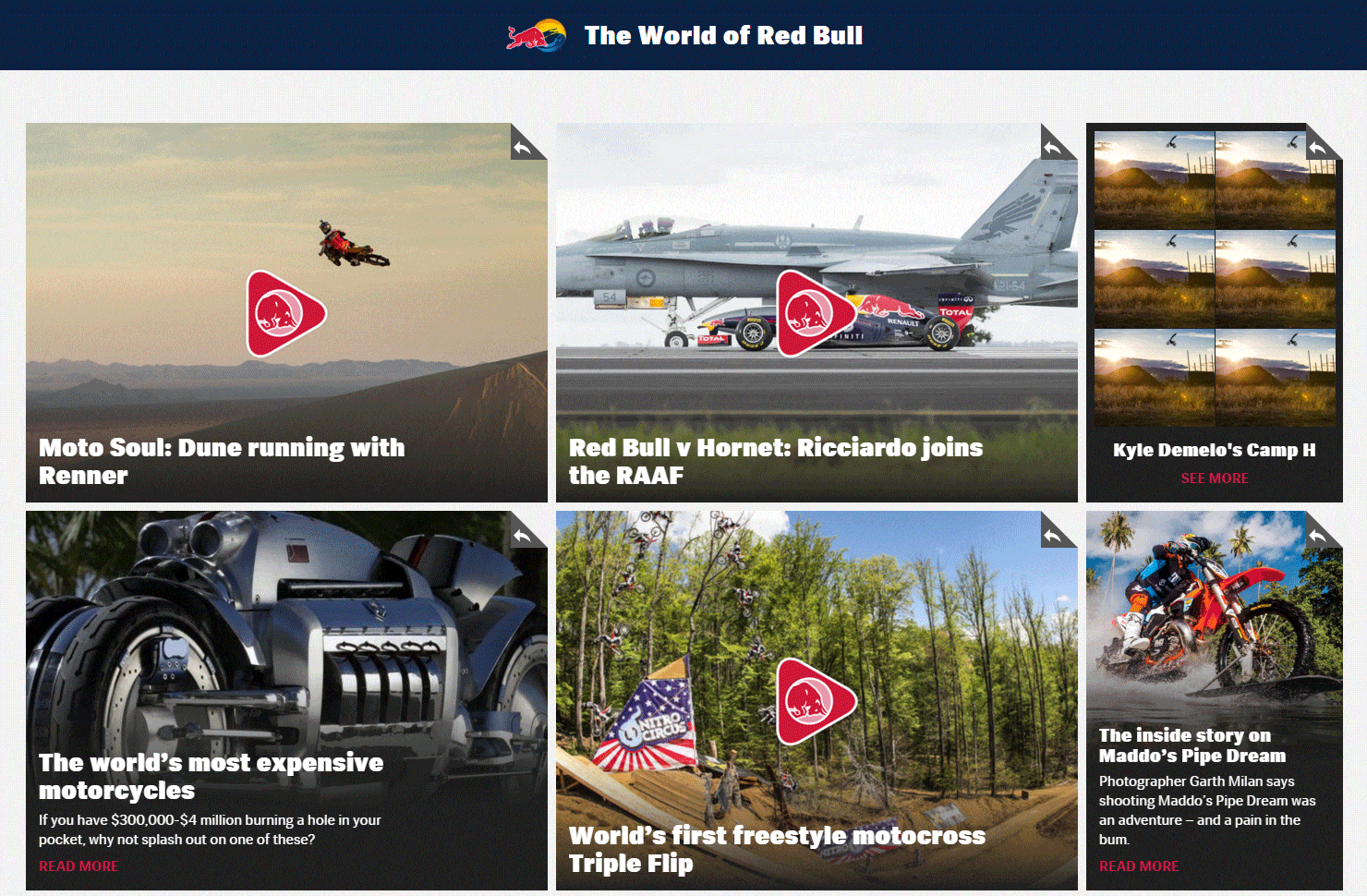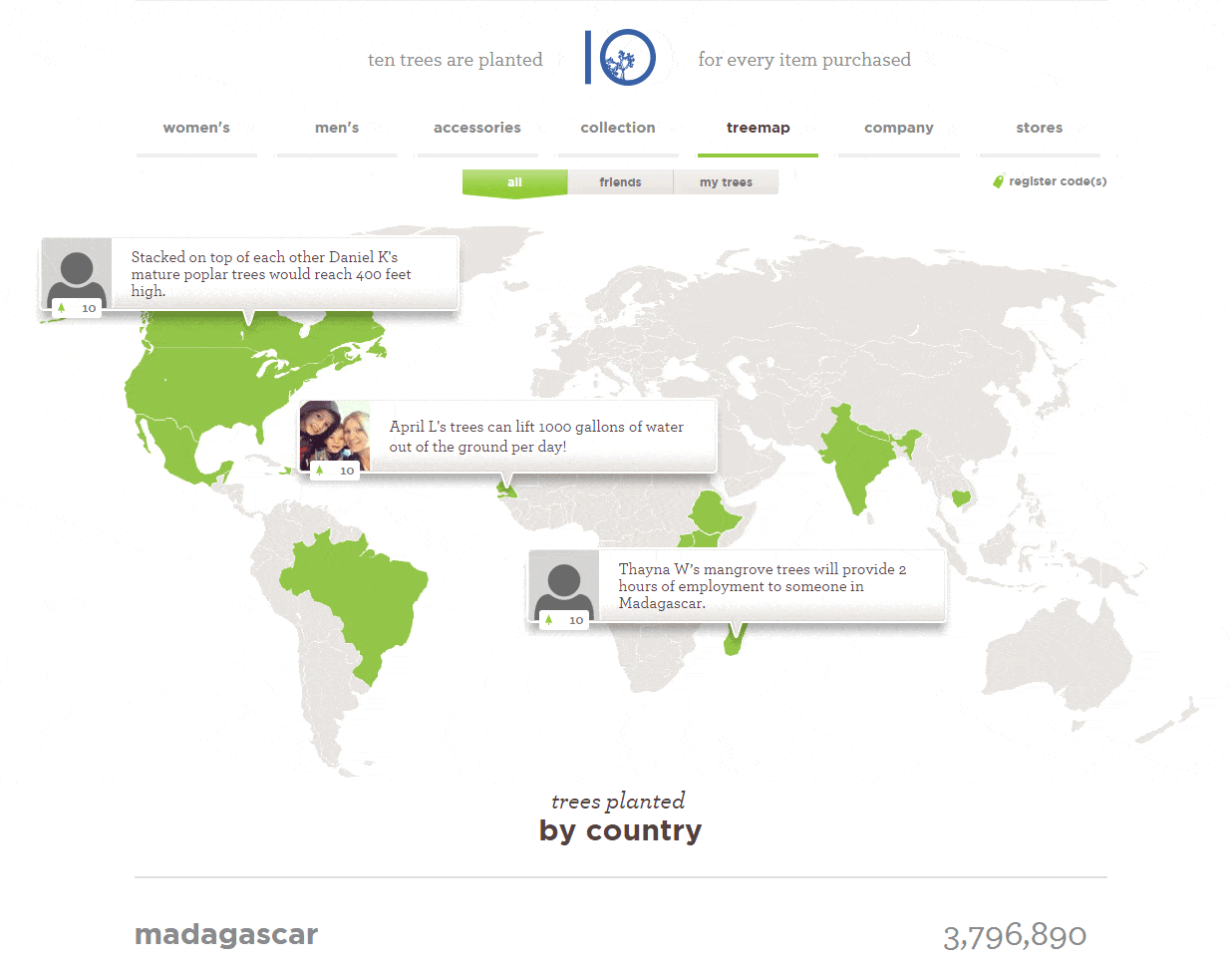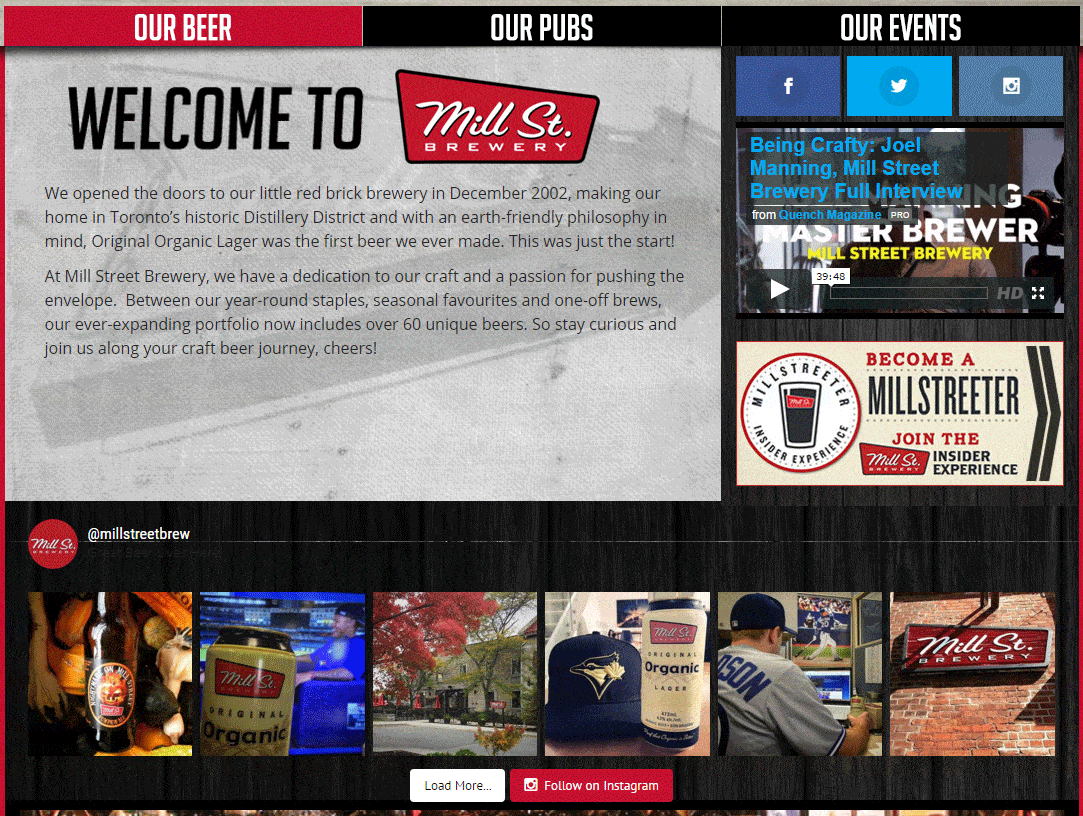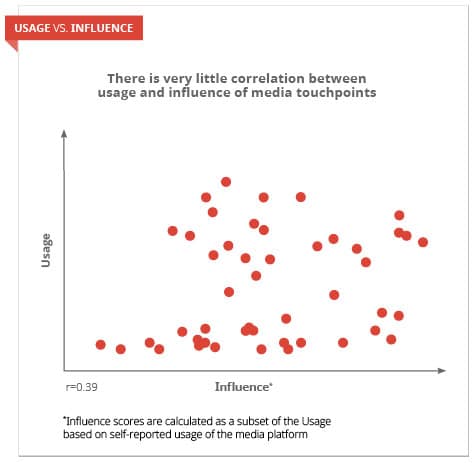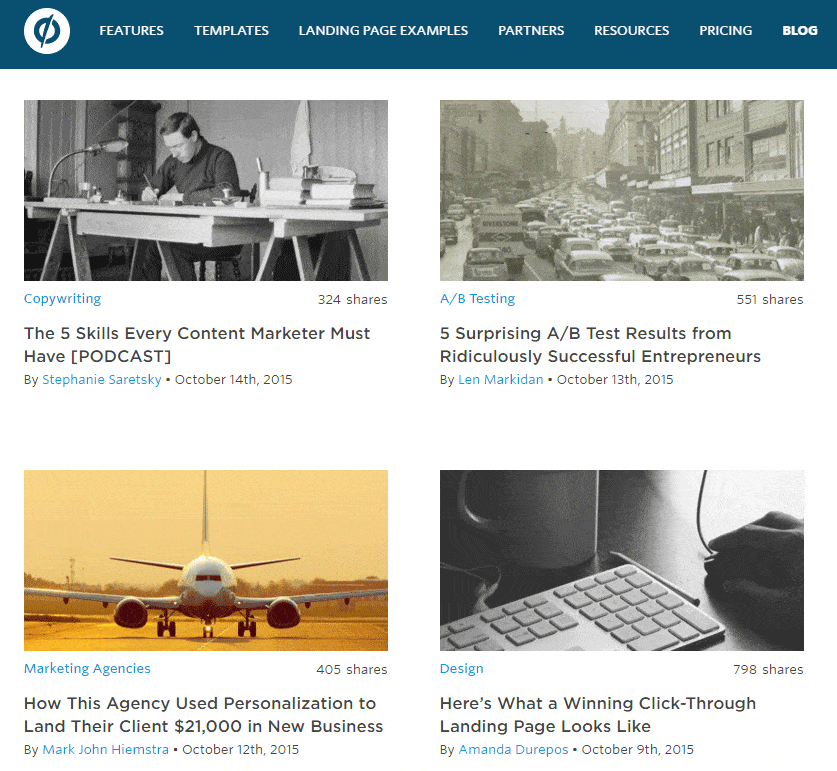Hopefully you’ve arrived here after reading Optimize Your Conversion Funnel – Part 1. In addition to being a fascinating read, Part 1 outlined the following points, among others:
- We generally focus online conversion optimization on the point of sale, but conversion-killing elements higher up in the conversion funnel are often the culprits.
- It helps to “brand” your conversion funnel to create a seamless path for the customer by focusing on her needs at every step, and communicating with a consistent voice throughout.
- It’s a mistake to hinge the success of the “Awareness” stage of the funnel exclusively on numbers like followers, “reach” and clicks. Instead, use the awareness stage too spread your unique selling proposition, discover where your target markets congregate and test to find the right awareness channels and technology.
Here in Optimize Your Conversion Funnel – Part 2 we will look at the “interest” stage of the conversion funnel, based on the AIDA (Awareness, Interest, Desire and Action) model.
The Transition From Awareness to Interest to Desire to Action
If there’s one thing that helps more than others to understand conversion funnel optimization, it is to stop thinking of your marketing model – whether it’s AIDA or another – as having distinct “steps” or “stages” (even though that’s how we’ve referred to them here.)
An optimized funnel isn’t a series of steps, but an evolutionary process with smaller, sometimes imperceptible progressions from one section to another. Like a spectrum of color, you can identify the primary colors (the main stages in your marketing model), but you can’t point to any single shade and say that’s where red turns to blue – or, in your model, where interest suddenly becomes desire.
In other words, the majority of elements in an optimized funnel have more than a single task. Some may be focused on building interest, but in so doing, they can’t help enticing a little desire out of the visitor.
Building Interest
We live in a golden age of awareness building. Not so long ago, making yourself known in your markets meant assembling a stable of often expensive marketing, advertising and public relations specialists. Today, especially for online sales and lead generation, you can get similar results with a comparatively cheap in-house effort towards good content, social media, SEO and paid advertising.
So the crucial work of funnel optimization starts with generating interest.
If content is king, its ability to evolve awareness into interest is its crowning achievement.
The ways in which you can generate interest are too many to list here, but here are a few examples:
Red Bull
If you think more content means more blog posts, take a look at RedBull.com. In what can only be described as a new chapter in the marketing and content development handbook, the company stages events around the world, and on the edges of space, and uses the results to create riveting content that makes it the most interesting player in its market.
Tentree
Tentree is an example of creating interest by using a USP throughout your content including an interactive map to show the locations of their tree-planting initiatives.
Mill Street Brewery
Check out how a local Toronto brewery puts its Instagram content to work in capitalizing on the rabid interest the city has in the Blue Jays playoff run.
The Gift of Tailoring Content to Your Target’s Interests
If there is one facet of digital content that marketers under-utilize, it is the ability to tailor it for exponentially thinner slices of their target demographics.
Typically we cast a wide net with keyword-driven content hoping to catch those who happen to search for us using similar terms. It works, but it’s a sad waste of the power you have to create more relevant content aimed at your “micro” markets.
How do we tap that power? Segment your markets using tactics like the following, among others:
- Create personas – Applying the demographical data you have to create fictional personality profiles, or personas, of typical customers helps you understand to whom you communicate with your content.
- Use geo-targeting – Content based on a visitor’s location not only speaks more directly to them and many of their interests, it allows for more sophisticated measurement of how they consume your content.
- Put media influence before media usage – This is a huge topic that we briefly mention here because it can exponentially improve your digital marketing ROI. Our addiction to numbers, including traffic and followers, forces us to flock to the most popular media. But, as Google found out, media usage does not equal media influence. Instead, as consumers seek more meaningful interactions with the brands they use, you must consider those media that better meet their purposes.
Check the images relating to the Toronto Blue Jays in the Mill Street Brewery example above. They appeal to viewers’ interest in the Blue Jays and meets their purpose to identify with the team.
Focus Your Landing Pages
There’s no better example that illustrates how the stages of the conversion funnel can be blended together, versus existing distinctly, than the emergence of “Buy Now” buttons on a variety of social media, including Facebook and Instagram.
Especially when compared to the early days of ecommerce, where numerous steps existed between awareness and action, buyers now more than ever can travel throughout the entire funnel on a single page.
But the phenomenon is generally limited to consumer fashion, accessories and the like – items with which the consumer is highly familiar and that they purchase repeatedly. Few will buy a digital camera, or choose a warehousing service, solely from an image on Instagram.
Landing pages give you a remarkable opportunity to appeal to your market segments, no matter how thin you slice them. Unbounce describes a landing page as “a standalone web page distinct from your main website that has been designed for a single, focused objective”.
That focus on the objective can be razor-sharp. For different personas, in different locations, with different interests, and any number of other criteria, versioning of your landing pages gives you an unprecedented chance to addresses each one, and infinite combinations, to tailor a specific message that is more likely to appeal to and heighten your visitor’s interest.
Check out how Unbounce uses some recent blog posts to speak directly to different market segments, including entrepreneurs, content marketers, web designers and marketing agencies.
Stay tuned to the Invesp blog for “A Surefire Way to Optimize Conversion Rates: Optimize Your Conversion Funnel – Part 3” where we’ll look at creating desire for your product and the call-to-action.\
Sources:
https://blog.kissmetrics.com/guide-to-optimizing-funnels/


